Grand Central Oyster Bar, Grand Central Terminal, lower level, 212-490-6650
Russ & Daughters, 179 East Houston St., 212-475-4880
Restaurant Aquavit, 65 East 55th St., 212-307-7311
The new herring is almost here. After being sampled by Queen Máxima of the Netherlands, the Hollandse Nieuwe Haring from Scheveningen will be air-expressed to New York City, where it is available at several prime locations June 15 through July 1. The Grand Central Oyster Bar serves the Silver of the Sea from its special cart (marked De Haringkoning — the Herring King) in a cozy nook by the bar, accompanied by chopped egg, diced raw onion, and seeded flatbread, along with genever (Dutch gin) as desired. Each bite is a delectable taste sensation that should be slowly savored, never rushed. You can also delight in the new catch at Russ & Daughters, where the marvelous matjes herring, two fillets attached at the tail, is available for takeout at the counter, although you should strongly consider ordering in advance; there’s a reason why their latest book is called Russ & Daughters: Reflections and Recipes from the House That Herring Built. There will also be a special herring menu at Russ & Daughters Cafe on Orchard St. as well as kosher herring at their restaurant downstairs at the Jewish Museum. Tickets are also still available for the Russ & Daughters Herring Pairing at Astor Center on June 30 ($79), with chefs Fabian von Hauske and Jeremiah Stone of Contra and Wildair preparing special herring dishes accompanied by sparkling wines, spirits, and other cocktails, along with live music by the Jamie Saft Trio. And Aquavit’s annual Herring Festival runs June 20 through July 15, with various herring plates available for lunch ($16-$32), including the Adventurous, comprising matjes fillets with rhubarb, rullmop, lingonberry, sherry, horseradish, curry, and ramp. Advice columnist Ann Landers once said, “If you want to catch trout, don’t fish in a herring barrel.” Well, for the next several weeks, fishing in a herring barrel is definitely the way to go.
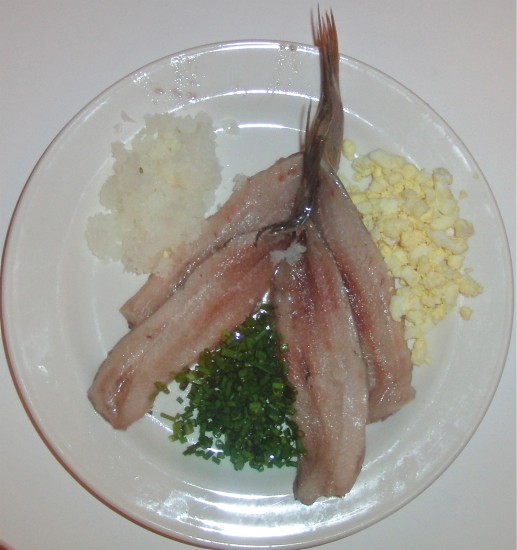
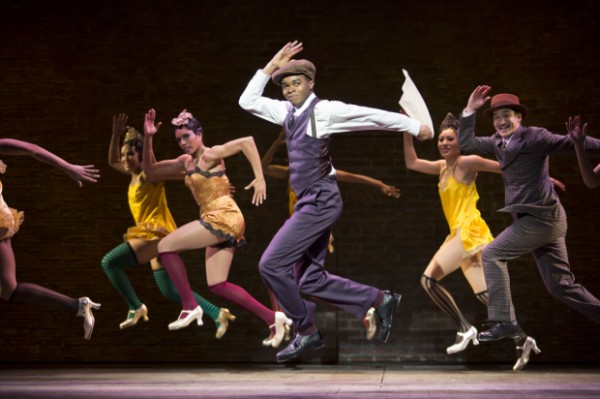
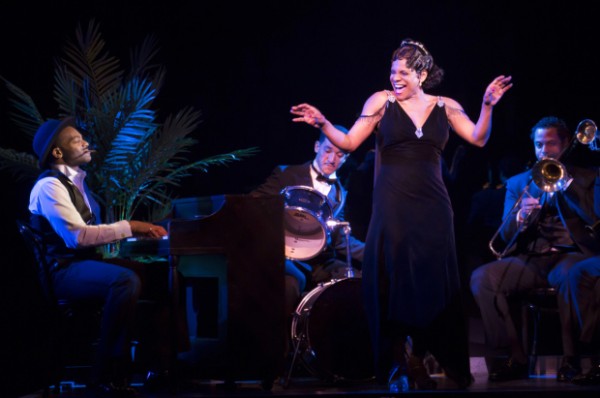
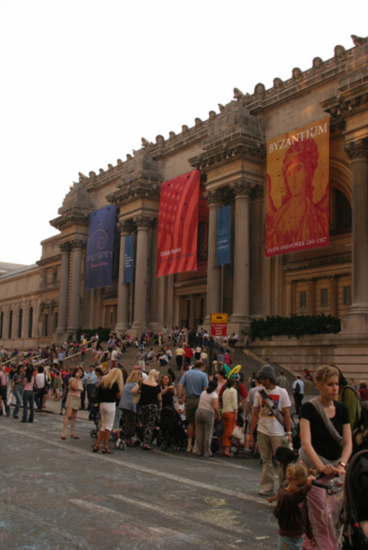
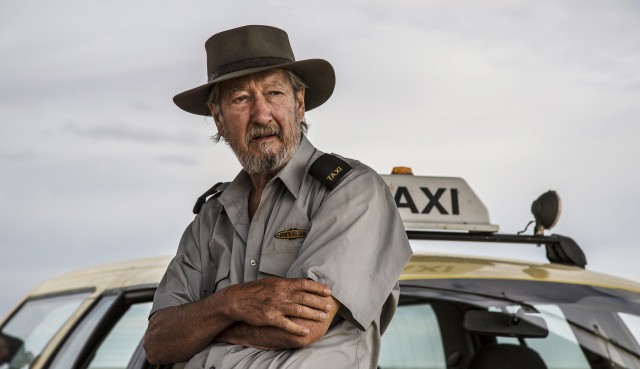
 Jeremy Sims’s Last Cab to Darwin is a poignant road-trip movie about a man determined to end things on his own terms. Australian star Michael Caton (The Castle, The Sullivans) is Rex, a grizzled, gruff cabdriver who has never been outside his small hometown of Broken Hill, a mining city in the far west of the country. In his late sixties, he has reached the point where he says and does whatever he wants in life, regardless of the consequences. But when he is diagnosed with stomach cancer and given three months to live, he decides to get in his taxi and drive nearly two thousand miles across Australia to meet with Dr. Farmer (Oscar nominee Jacki Weaver), who has just developed a controversial new assisted suicide method in Darwin that Rex wants to be the first to use. Barely acknowledging his neighbor and lover, an Aboriginal woman named Polly (Ningali Lawford-Wolf), Rex hits the road, where he eventually picks up a young indigenous hustler, Tilly (Mark Coles Smith), and a British nurse-slash-barmaid, Julie (Emma Hamilton), and the three get caught up in some crazy adventures.
Jeremy Sims’s Last Cab to Darwin is a poignant road-trip movie about a man determined to end things on his own terms. Australian star Michael Caton (The Castle, The Sullivans) is Rex, a grizzled, gruff cabdriver who has never been outside his small hometown of Broken Hill, a mining city in the far west of the country. In his late sixties, he has reached the point where he says and does whatever he wants in life, regardless of the consequences. But when he is diagnosed with stomach cancer and given three months to live, he decides to get in his taxi and drive nearly two thousand miles across Australia to meet with Dr. Farmer (Oscar nominee Jacki Weaver), who has just developed a controversial new assisted suicide method in Darwin that Rex wants to be the first to use. Barely acknowledging his neighbor and lover, an Aboriginal woman named Polly (Ningali Lawford-Wolf), Rex hits the road, where he eventually picks up a young indigenous hustler, Tilly (Mark Coles Smith), and a British nurse-slash-barmaid, Julie (Emma Hamilton), and the three get caught up in some crazy adventures.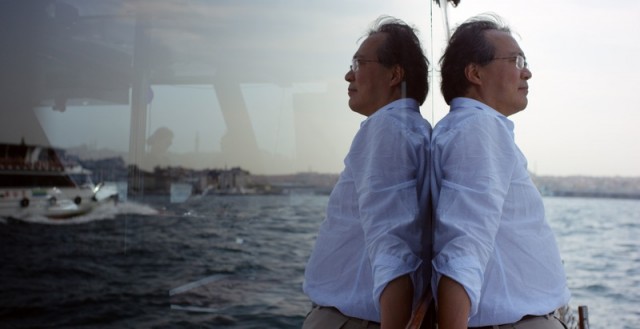
 About midway through The Music of Strangers: Yo-Yo Ma and the Silk Road Ensemble, the renowned international group performs an exhilarating song in a studio that leaves them just as thrilled as the audience. Renowned cellist Ma might be the heart of the ensemble, but it’s the joy of creating and playing music no matter what that makes this documentary soar. And music is something that director Morgan Neville clearly understands, having previously made the Oscar-winning 20 Feet from Stardom as well as Muddy Waters: Can’t Be Satisfied, Respect Yourself: The Stax Records Story, and Johnny Cash’s America. In The Music of Strangers, Neville traces the history of the Silk Road Ensemble, named for the thousands-of-years-old trading route across Asia, from China to the Mediterranean. Born as an improvised gathering of musicians at Tanglewood in 2000, it became a venture that tours the world, promoting collaboration and celebrating international interaction. “The idea of culture is not so much to preserve tradition but to keep things alive and to evolve things,” says Ma, who has had to deal with accusations of cultural appropriation and dilution. Neville focuses on five members of the ensemble: Ma, the Paris-born Chinese-American cellist who has been a star his whole life (archival footage shows him at age seven with Leonard Bernstein, performing for President Kennedy and first lady Jacqueline); Chinese pipa virtuoso Wu Man, the first Chinese artist to play at the White House; Kinan Azmeh, a Syrian clarinetist who is the artistic director of the Damascus Festival Chamber Music Ensemble; Cristina Pato, a rock star on the gaita, the Galician bagpipe; and Iranian Kayhan Kalhor, a three-time Grammy nominee who is an expert on the kamancheh, the Persian bowed lute. Each shares stories of their personal history, focusing on their relationship with their native countries, which have undergone major changes over the last fifteen years.
About midway through The Music of Strangers: Yo-Yo Ma and the Silk Road Ensemble, the renowned international group performs an exhilarating song in a studio that leaves them just as thrilled as the audience. Renowned cellist Ma might be the heart of the ensemble, but it’s the joy of creating and playing music no matter what that makes this documentary soar. And music is something that director Morgan Neville clearly understands, having previously made the Oscar-winning 20 Feet from Stardom as well as Muddy Waters: Can’t Be Satisfied, Respect Yourself: The Stax Records Story, and Johnny Cash’s America. In The Music of Strangers, Neville traces the history of the Silk Road Ensemble, named for the thousands-of-years-old trading route across Asia, from China to the Mediterranean. Born as an improvised gathering of musicians at Tanglewood in 2000, it became a venture that tours the world, promoting collaboration and celebrating international interaction. “The idea of culture is not so much to preserve tradition but to keep things alive and to evolve things,” says Ma, who has had to deal with accusations of cultural appropriation and dilution. Neville focuses on five members of the ensemble: Ma, the Paris-born Chinese-American cellist who has been a star his whole life (archival footage shows him at age seven with Leonard Bernstein, performing for President Kennedy and first lady Jacqueline); Chinese pipa virtuoso Wu Man, the first Chinese artist to play at the White House; Kinan Azmeh, a Syrian clarinetist who is the artistic director of the Damascus Festival Chamber Music Ensemble; Cristina Pato, a rock star on the gaita, the Galician bagpipe; and Iranian Kayhan Kalhor, a three-time Grammy nominee who is an expert on the kamancheh, the Persian bowed lute. Each shares stories of their personal history, focusing on their relationship with their native countries, which have undergone major changes over the last fifteen years.